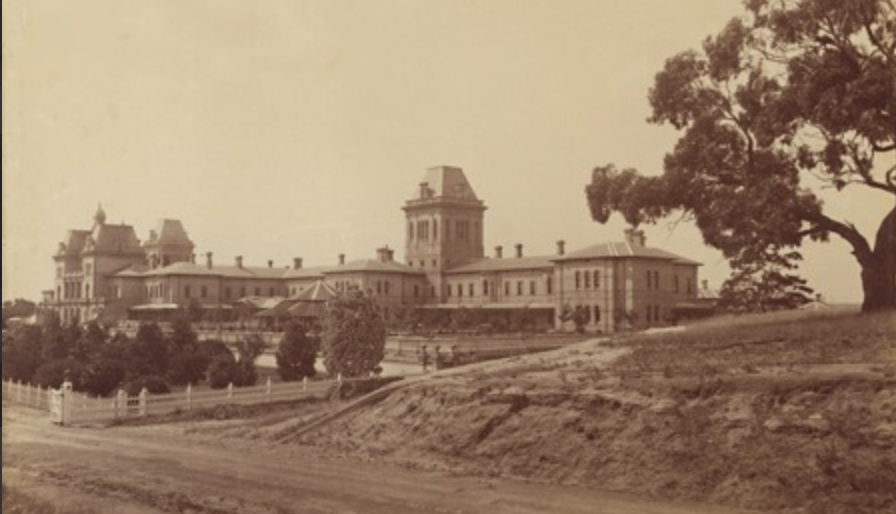NYC Metropolitan Museum refuses to remove painting that petition says 'sexualizes' girl
- Andrew McIlroy
- Dec 6, 2017
- 4 min read

In scenes reminiscent of the witch-hunt against Bill Henson in May 2008 when the acclaimed photographer was sensationally accused of sexualising children in his works on display at Sydney's Roslyn Oxley9 gallery, New Yorkers have this week launched a petition demanding that the Metropolitan Museum of Art remove a 1938 painting of a young woman with her underwear exposed due to the “current climate around sexual assault”. The Met has refused.
“Thérèse Dreaming” by the French erotic realist artist Balthus, who died in 2001, the petitioners claim “sexualizes” the girl by depicting her lounging in a skirt with her knee up on a chair.

'Thérèse Dreaming' by Balthus
“Given the current climate around sexual assault … The Met is romanticizing voyeurism and the objectification of children. The artist of this painting, Balthus, had a noted infatuation with pubescent girls and this painting is undeniably romanticizing the sexualization of a child,” writes Mia Merrill, a New York City resident who started the petition.
“I am simply asking The Met to more carefully vet the art on its walls, and understand what this painting insinuates.
“Ultimately, it’s a small ask in consideration of how expansive their art collection is … how overtly sexual the painting is, and the current news headlines highlighting a macro issue about the public health and safety of women.”

The Metropolitan Museum of Art, New York City
The petition, which launched on Friday, had gathered nearly 7,000 signatures by Sunday evening.
But this type of controversy is certainly not new or unique to the 21st Century.
A right to offend?
Enlightenment thinkers famously condemned Rococo art for being depraved, and called for a new kind of art that would be moral instead of immoral, and teach people right and wrong.
18th Century philosopher, writer and art critic, Denis Diderot wrote that the aim of art was "to make virtue attractive, vice odious, ridicule forceful; that is the aim of every honest man who takes up the pen, the brush or the chisel" (Essai sur la peinture). Only to be openly challenged by his contemporary, Voltaire, with a nod towards the impending French Revolution who it is said widely proclaimed, “I disapprove of what you say, but I will defend to the death your right to say it”. Critics accused Voltaire of irresponsibly championing a right to offend and of being en confiance with the devil.

Voltaire (left) and Diderot (right)
The potential imbalance in the artist / subject relationship
Addressing a sympathetic audience in Melbourne in 2010, Bill Henson said it was “sheer nonsense” for critics to take offence and argue that there is in his work an absence of consent; an imbalance in the power relationship between the adult artist and the child, which lends itself to the sexual objectification or perhaps even abuse of the subject. To this Henson responds that a child does not have the capacity to consent to model naked. “People”, he said “get confused with notions of consent and harm”. Henson does not squarely address the power imbalance evident in the first place, on the basis perhaps that he does not see it as particularly relevant in his case.
Henson defends his approach, “There’s no specific documentation to suggest anywhere, so far as my legal researchers have been able to discover, that shows that life modelling by children for artists results in physical or psychological damage.”
Henson went on to say that although an artist must abide by societal rules, particularly in how one approaches and communicates with children, being constrained by rules were not “how the imagination works and not how art works”. Henson argued that art is a powerful, challenging and sometimes dangerous force. Causing offensive or confusion may be part of this. He advocated leaving the incomprehensible “where it belongs, out of reach”. (Megan Levy, Controversial photographer speaks out, Sydney Morning Herald, 3 August 2010)

Bill Henson, Untitled #70 Photo: Roslyn Oxley9
The Met: An opportunity to reflect on both the past and present
In defence of its decision not to censor its collection in light of modern-day peccadilloes, The Met affirmed “our mission is to collect, study, conserve, and present significant works of art across all times and cultures in order to connect people to creativity, knowledge and ideas. Moments such as this provide an opportunity for conversation, and visual art is one of the most significant means we have for reflecting on both the past and the present.”
Henson no doubt will find support from The Met’s curators, when he says one must “look at the past to figure out how you can understand the present, and the future”.
I think of both Balthus and Henson as producing aesthetically beautiful works with a sinister feel, but I would not venture deeper as a viewer. I cannot see that as their intent. They are certainly nowhere near pornographic or paedophillic as some would have them over the years. The questions as to consent and harm, and power and it's abuse I feel rest on the various and shifting societal perspectives of the time in which the works are either being made or being viewed.
To me, 'Thérèse Dreaming' nor it's making are offensive. Although the conversation it arouses gives one pause to reflect.
In my view it is all about context. Without it, any controversy may be justified.
Main Photo: Bill Henson 2008 (The Sydney Morning Herald)
Andrew McIlroy is a visual artist, working and living in Melbourne, Australia



Comments